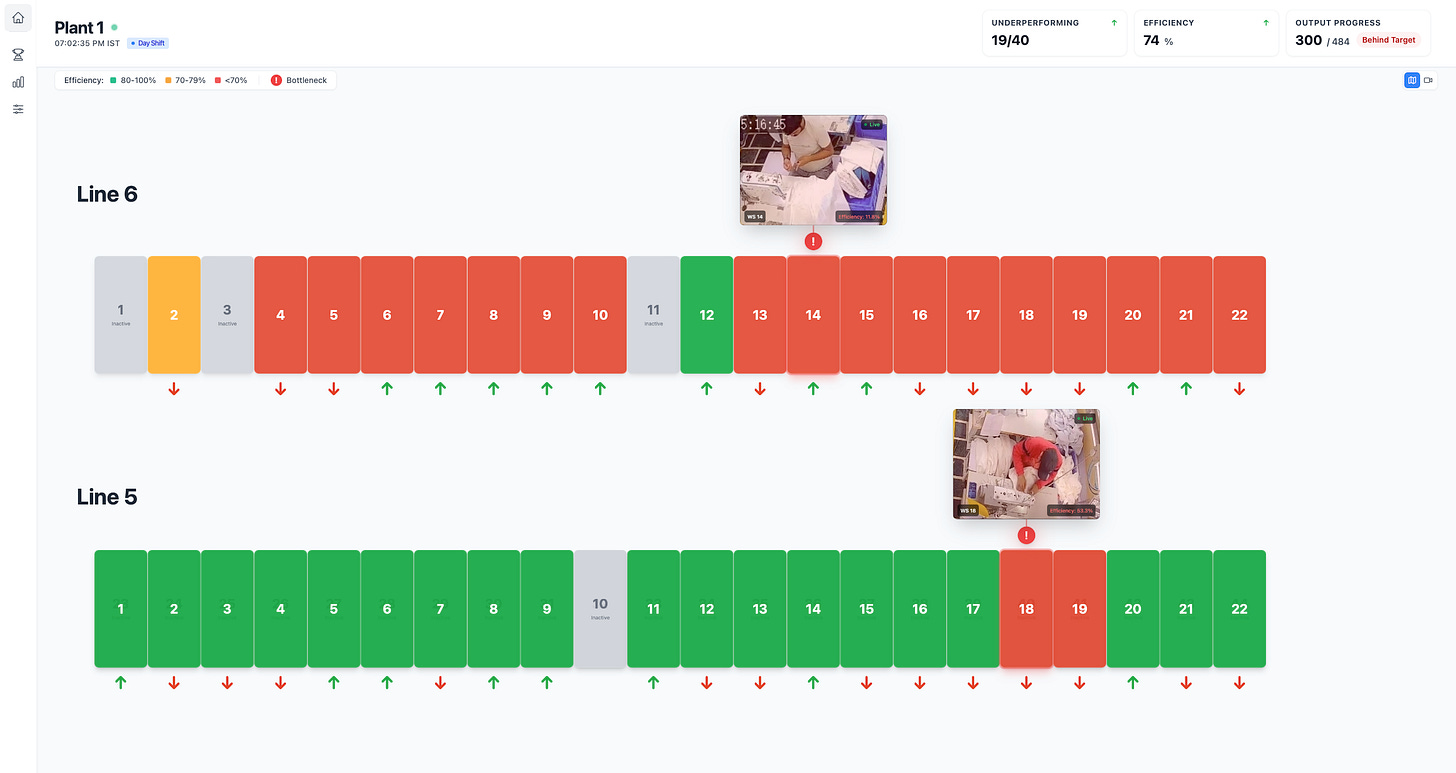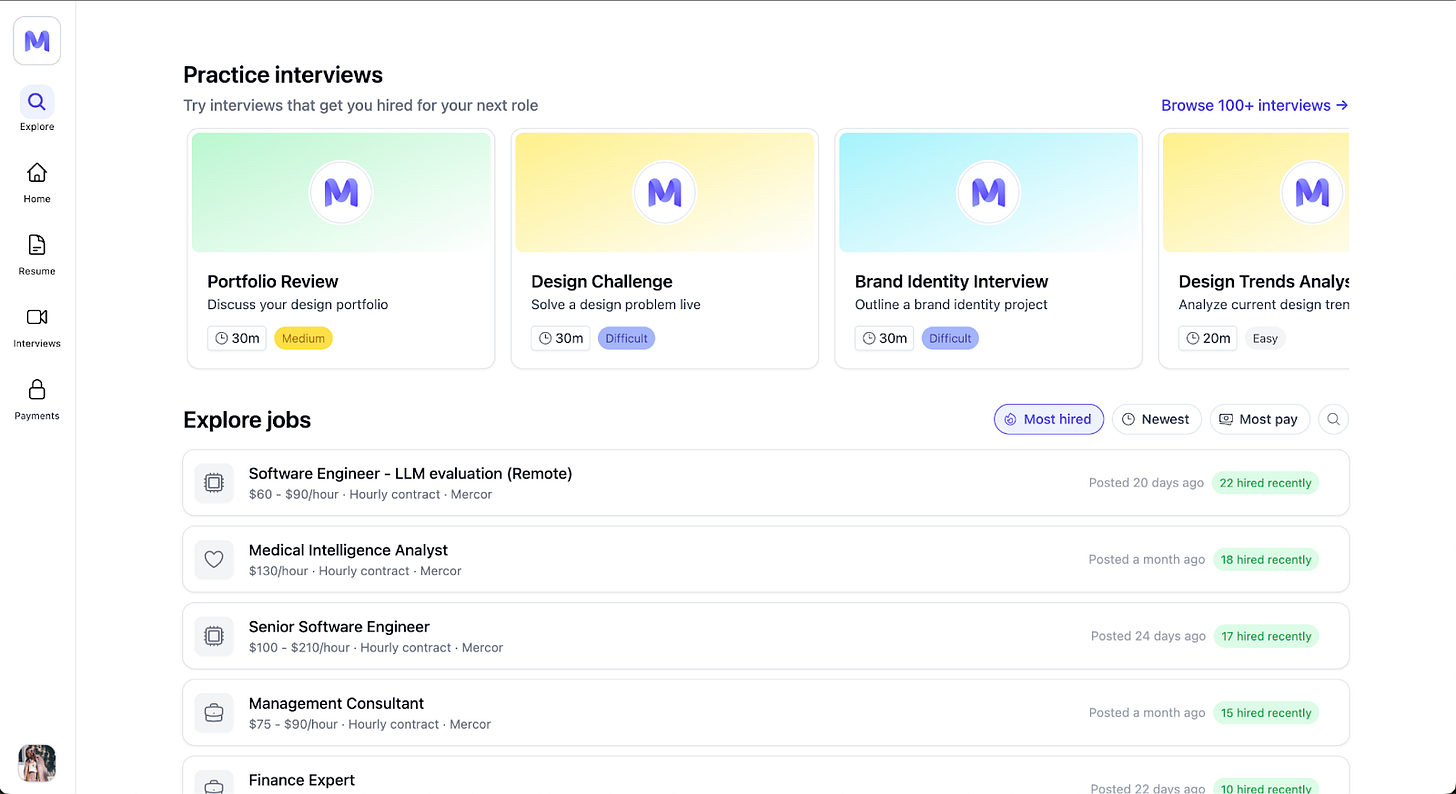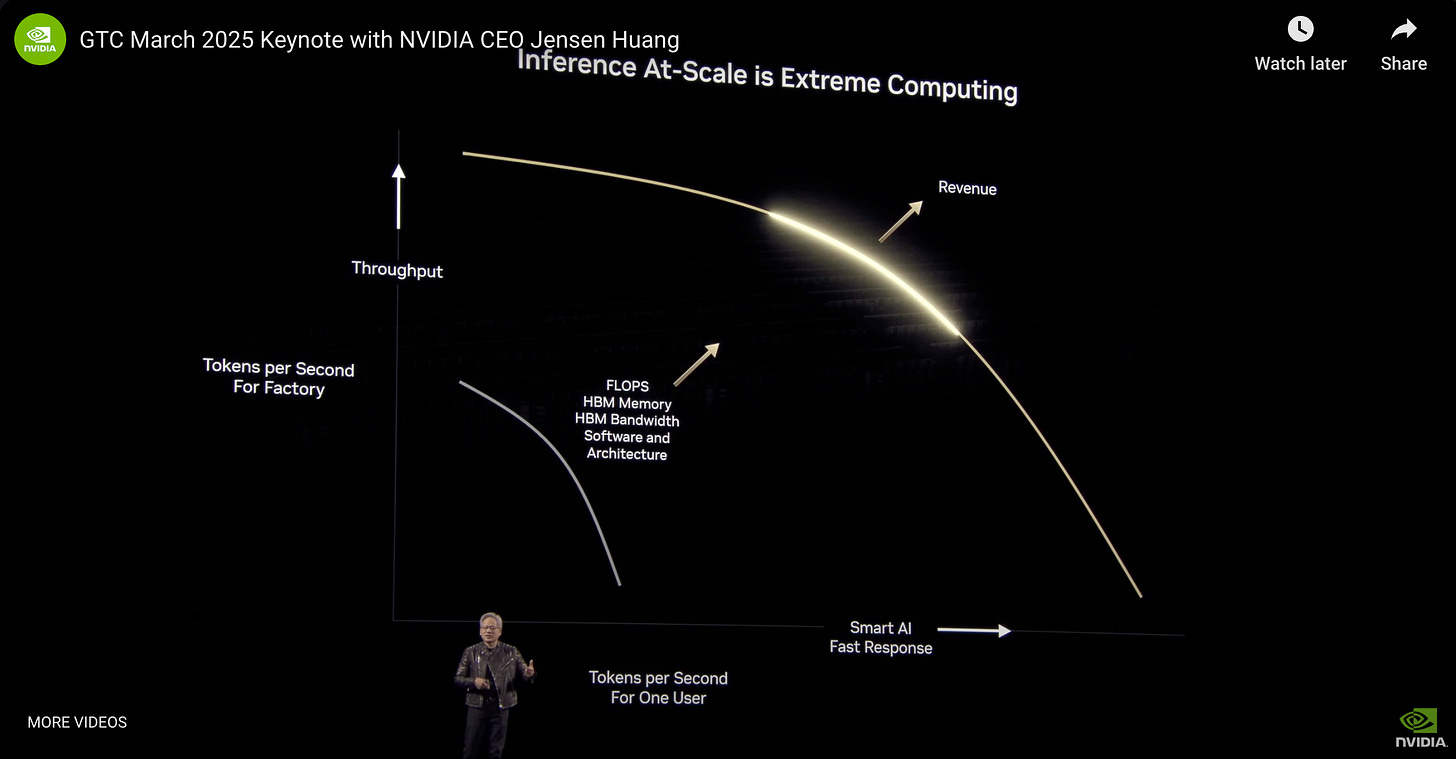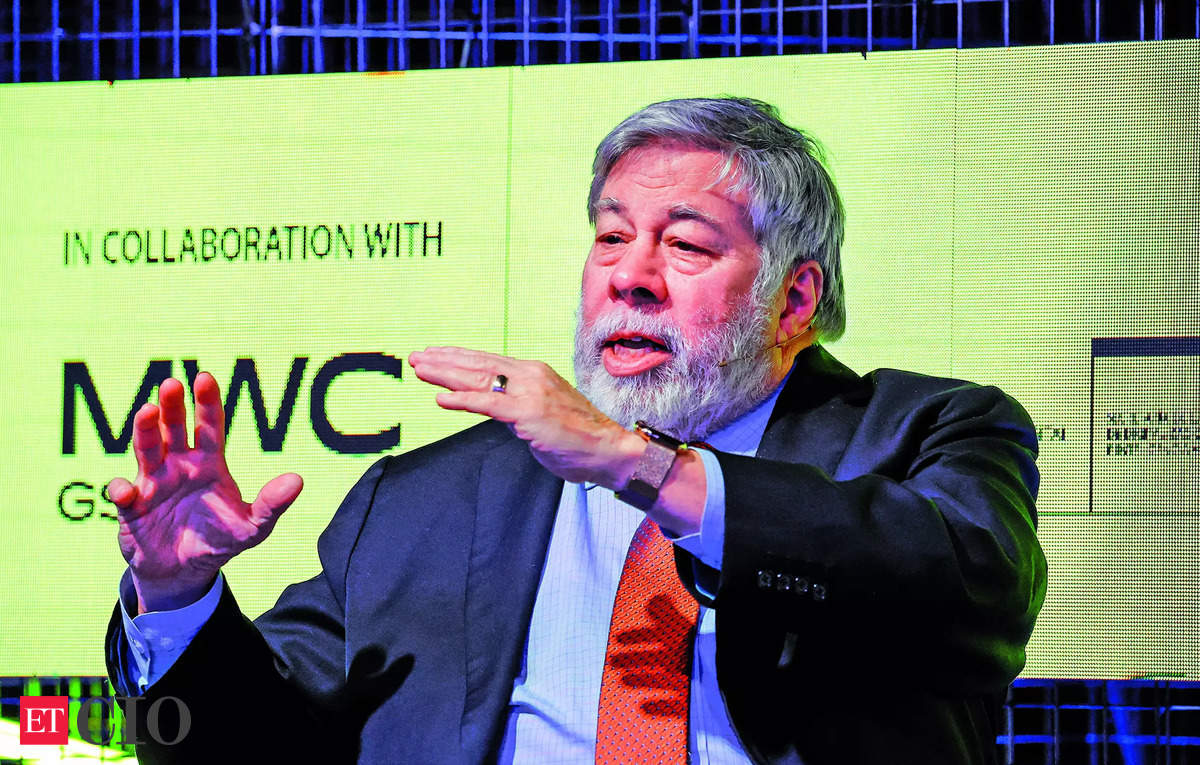Above and below the LLMs - by Tina He - Fakepixels
The rain-slicked streets of Manhattan as I wait for my Uber. On my phone, a blue dot slides smoothly across the screen. My driver approaching. Six minutes away. Four minutes. Two. Meanwhile, somewhere across the city, Raúl checks his own screen, navigating unfamiliar streets, racing against an algorithm that measures his every movement, monitors his acceleration and braking patterns, silently calculates his rating after each ride.
Almost 8 years ago, Venkatesh Rao advanced a notion of living either “above” or “below” the API—a framing that captured how software platforms bifurcate the world into those who command digital interfaces and those whose livelihoods depend on them.
Rao's imagery was prescient. I tap a button, and a meal materializes at my door. I summon a car, and it appears. I need a package delivered by morning, and it happens. Magic. But below that seamless interface, someone pedals furiously through traffic, navigates congested streets on a scooter, or sorts packages in a warehouse where bathroom breaks are timed and tracked. In 2017, "above" meant ordering takeout via an app; "below" meant racing against the clock, against traffic, against an efficiency algorithm to deliver it.
The metaphor has only grown more resonant. Today, our focus has shifted from APIs to models, as AI becomes the new substrate of global economic activity. The pressing question now echoes whether one is above or below an LLM: the emergent superstructure powering everything from code generation to algorithmic markets. Yet this binary framing—while useful—only hints at a more nuanced reality: we are witnessing not just a horizontal division of labor, but a recursive, fractal hierarchy where one can be simultaneously above and below, master and servant, depending on which layer of abstraction one occupies at any given moment.
“As a mutant form of capitalism, neoliberalism transforms workers into entrepreneurs. It is not communist revolution that is now abolishing the allo-exploited working class - instead, neoliberalism is in the course of doing so. Today, everyone is an auto-exploiting labourer in his or her own enterprise. People are now master and slave in one. Even class struggle has transformed into an inner struggle against oneself.”
This fractal division reveals itself in talent marketplaces, where the stratification grows more complex by the day. I remember when Upwork and Fiverr first appeared—digital bazaars where skills were commoditized, where designers from Manila competed with copywriters from Manchester.
Now, AI-driven startups—Mercor, Brix, and more—are automating these ecosystems further, handling everything from algorithmic matching to payment rails. Deel soared by removing friction in cross-border payments; Dolar App in Latin America converts volatile local currencies into U.S. dollars, weaving the global labor market into one digital tapestry.
Consider the software engineer who uses these platforms: In the morning, she might be "above the LLM," deploying AI to help her code faster and manage overseas contractors. By afternoon, she's "below the LLM" as automated performance metrics evaluate her own deliverables at her day job. By evening, she might moonlight on Mercor, where an AI-powered matching algorithm determines which gigs she sees, placing her firmly "below" again. The same person occupies multiple positions in this hierarchy within a single day.
On the surface, the fluidity of remote work seems liberating: easier gigs, frictionless payments, and endless clients. Beneath that surface, inequalities mutate and persist. If you’re “above the LLM,” you tap a global reserve of on-demand labor; if you’re “below the LLM,” you scramble for tasks meted out by opaque algorithms. Platforms promise freedom yet cultivate dependency: you’re “free” to chase gigs but remain tethered to the platform’s inscrutable hand.
Imagine a freelancer's dashboard: metrics tracking response time, client satisfaction scores, algorithmic "availability ranking," and a crypto wallet that earns your payout, all pulsing in real-time.
In effect, labor is becoming something akin to a large language model’s extended function call. I have a few friends who have attempted freelancing in the past few months and expressed similar sentiments around how they couldn’t shake the feeling that they felt somewhat synonymous to a hyper-specialized LLM.
"Last month I realized I hadn't spoken to a human voice in three days," a friend told me. "Just prompt, response, payment. Prompt, response, payment. Am I any different from ChatGPT at this point?"
This dynamic echoes the invisibility once felt by "below the API" delivery drivers, only now it's reaching the higher echelons of professional services—the lawyers, consultants, and strategists who once thought their expertise would shield them from commodification.
As AI commodifies "high-skill" work, your value depends on what algorithms cannot mimic: relationships, trust, nuance, a touch of the ineffable. We're witnessing a reconfiguration of expertise, where technical acumen intersects with distinctly human qualities that defy easy replication.
On a geopolitical scale, nations compete to make their workforces legible to foreign employers. Digital upskilling, fintech solutions, and cross-border payment tools become new forms of soft power. Meanwhile, the U.S. dollar’s gravitational pull tightens its hold; emerging economies orient entire freelance sectors around a currency they don’t control.
This presents both unprecedented opportunity and profound challenge. A programmer in Vietnam can now access global markets from her laptop, earning in a day what might take a week in local wages. Yet this same programmer becomes vulnerable to monetary policies she cannot influence and platform changes she cannot predict.
As more of our economic life becomes orchestrated by AI-run platforms, we confront the ancient dilemma of Moloch: the compelling logic of competitive systems that drives participants—whether individuals, companies, or entire nations—into an arms race of efficiency and commodification (which I wrote extensively about here).
Freed from the local constraints of the office cubicle or physical warehouse, talent markets approach an equilibrium in which tasks and workers are matched with algorithmic precision, at the expense of sustainable relationships and the intangible qualities that make work meaningful.
This evolution resembles a next-generation Taylorism, where knowledge work becomes increasingly quantified and structured. Each keystroke becomes a data point, and every pause has a potential inefficiency that needs to be analyzed. Yet within this framework bloom unexpected gardens of resistance: the deliberate pause, the idiosyncratic approach, the creative detour that no algorithm anticipated. Like water finding cracks in concrete, human ingenuity seeps through the rigid structures designed to contain it. I wonder if the most profound innovations of our era will emerge not from the optimized pathways but from these very fissures in the system. In these spaces, mechanical efficiency gives way to the unpredictable nature of human creativity.
In the “above-the-LLM” stratum, we still crave something intangible—empathy, creative daring, spiritual grace—dimensions no machine can fully replicate. Meanwhile, “below-the-LLM” labor can feel like a digital treadmill, anxiously chasing relevance and ratings in a marketplace governed by black-box formulas.
Our hunger for meaning runs deeper than automation anxiety; it reflects our alienation when our skills become interchangeable. The search for belonging intensifies as we compete with AI avatars on global platforms.
We see this in post-rational enclaves, modern spiritual movements, and tight-knit subcultures offering an identity beyond the economic realm. They are more than reactions; they are dignified counterweights to the flattening logic of the algorithm.
Corporate identity may transform as well. When transactions can be brokered by AI, a company’s mission and culture—if genuine—become its final differentiators. As tasks lose their distinctiveness, only the deep resonance of an organization’s ethos can hold human attention. We must ask: Are these emerging cultures true sanctuaries or just new marketing—a “spiritual capital” we trade in an algorithmic bazaar?
All signs point to labor becoming more fluid and complex, blurring lines between “above” and “below” the LLM. A software engineer “above” can drop into a freelance gig “below,” subject to the tyranny of ratings. At the same time, a creative twist can elevate a supposedly menial task no AI can mimic.
God-like power in one moment, supplicant the next.

Economically, this could entrench the dollar’s supremacy, as platforms predominantly settle transactions in USD and price AI compute in dollars. The digital talent marketplaces of Southeast Asia, Latin America, and Africa increasingly function as dollar-denominated economies within their national borders, creating parallel economic systems. Politically, nations race to build digital infrastructure that keeps their workforce AI-ready, while trying to save them from becoming mere “human functions” in some vast neural pipeline. Culturally, the universal challenge is to restore human dignity in a world of ceaseless algorithmic evaluation.
Even those in “dominant” nations find themselves consigned to the same rung of LLM-driven subservience. What first looks like another global south dynamic—where certain geographies perpetually labor “below the model”—turns out to be a universal trap. Across Europe, the U.S., or China, workers confront the same race to remain relevant against ever-advancing AI. Meanwhile, entire nation-states scramble for GPU capacity and hoard energy for compute, echoing the fight for spice in Dune.
As NVIDIA’s Jensen Huang recently underscored at GTC, energy now defines the upper limits of AI capability, making it the new currency of power. No matter our position on the economic map, we’re all below the LLM in the sense that we’re subject to the resource imperatives and market forces it creates.
Yet these abstractions also hint at real hope: for the first time, no one is safe from this immense, sheer force of change. In other words, “we are all in this together.” The question is whether we’ll wield these changes to benefit humanity or tighten the grip of those who claim the spoils. Will we have the creative and moral imagination to share the bounty?
As AI masters the quantifiable and replicable, we're developing an almost electric sensitivity to what Robert Pirsig called "Quality"—that ineffable excellence that exists before intellect can name it. Like wine connoisseurs whose palates sharpen with experience, our ability to detect authentic human brilliance is becoming more acute, not less.
“Quality is the ‘knife-edge’ of experience, found only in the present, known or at least potentially accessible to all of ‘us’“
Consider how the flood of AI-generated melodies makes us tremble at the crack in a human voice. How computer-rendered landscapes deepen our awe at an artist’s stubborn, trembling brushstroke, an intimate gesture. How the torrent of templated words heightens our craving for sentences that pulse, bleed, and shout their humanity. Ironically, the tools once feared to commodify creativity have become instruments teaching us to cherish its most fragile, daring expressions.
And a new class of artists are emerging on the edge. Like Bygen. Like Ayush. Like Jack.
I thought of the imagery of Sun Yuan & Peng Yu — “the idea to use a robot came from the artists’ initial wish to test what could possibly replace an artist’s will in making a work and how could they do so with a machine.”
This awakening is not merely aesthetic—it is profoundly economic, even existential. New worlds are opening, where the strength is not in defiance of automation, but in fearless collaboration. Picture decentralized collectives where machines shoulder mundane tasks, allowing human imaginations to soar beyond the algorithm’s reach. Envision systems that reward artists not simply for their final creations, but for the fire and spirit they inject into our shared imagination. The question is no longer how to compete with machines on their terrain, but how courageously we dare to venture into the lands they cannot see.
The future belongs neither to those who sit comfortably above technology nor those who labor anxiously below it, but to those who dance boldly at its edge. We must use AI not merely as tools but as mirrors—reflecting our infinite capacities, uncharted depths of empathy, rebellion, love, and beauty.
In this revelation lies our greatest hope: Quality is not scarce or exhaustible but abundant, ever-renewable. The more relentlessly technology replicates the ordinary, the more passionately we seek the extraordinary—the raw, the brave, the radiantly human.
There’s nothing more beautiful than this rebellion.















